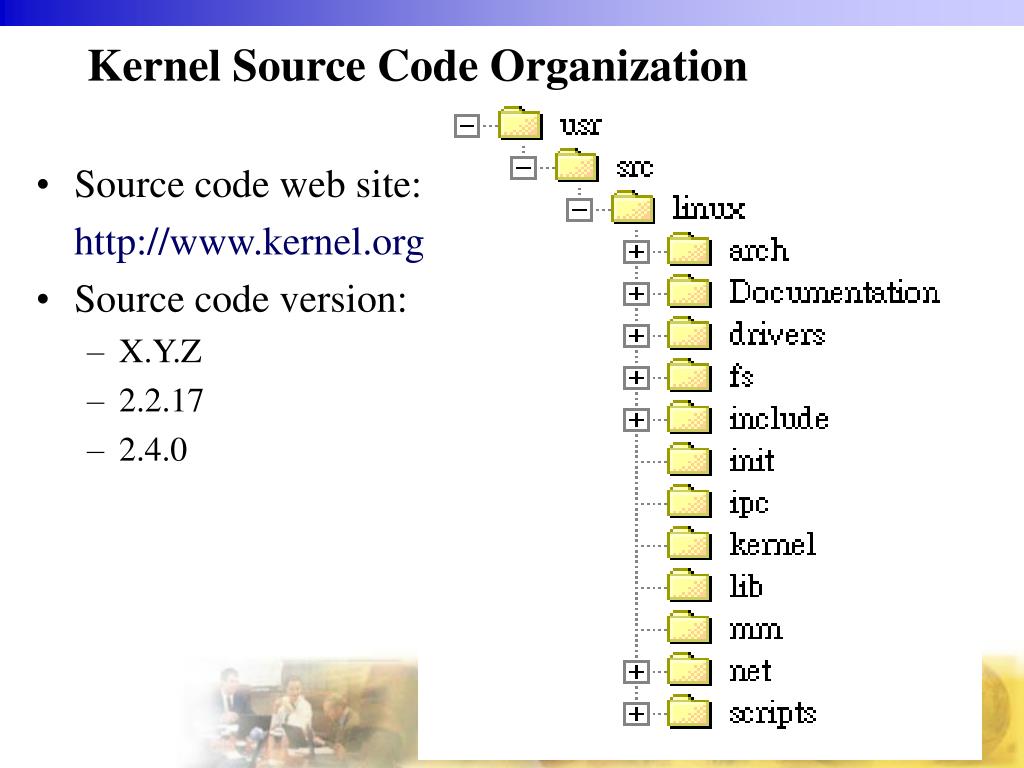
- Linux kernel source code mp4#
- Linux kernel source code install#
- Linux kernel source code update#
- Linux kernel source code driver#
See the network storage guide for instructions to setup network storage for frigate. type : tmpfs # Optional: 1GB of memory, reduces SSD/SD Card wear path/to/your/config.yml : /config/config.yml dev/dri/renderD128 # for intel hwaccel, needs to be updated for your hardware
Linux kernel source code driver#
dev/apex_0 : /dev/apex_0 # passes a PCIe Coral, follow driver instructions here dev/bus/usb : /dev/bus/usb # passes the USB Coral, needs to be modified for other versions
Linux kernel source code update#
Shm_size : "64mb" # update for your cameras based on calculation above Image : ghcr.io/blakeblackshear/frigate : stable Privileged : true # this may not be necessary for all setups
Linux kernel source code install#
Running in Docker with compose is the recommended install method: Some have reported success with this (affiliate link). You will need to purchase an external USB hub with it's own power supply. If using any other USB devices such as an SSD, you will experience instability due to the Pi not providing enough power to USB devices. In order to use ffmpeg hardware acceleration, you must increase the available memory by setting gpu_mem to the maximum recommended value in config.txt as described in the official docs.Īdditionally, the USB Coral draws a considerable amount of power. Raspberry Pi 3/4 īy default, the Raspberry Pi limits the amount of memory available to the GPU. If your machine has 8GB of memory, chances are that Frigate will have access to up to 4GB without any additional configuration. However, this is probably not required since by default Home Assistant Supervisor allocates /dev/shm with half the size of your total memory. The shm size cannot be set per container for Home Assistant add-ons. Writing to a local disk or external USB drive:
Linux kernel source code mp4#
Initial recordings are written here before being checked and converted to mp4 and moved to the recordings folder.


Docker volume mappings can be used to map these to any location on your host machine. Storage įrigate uses the following locations for read/write operations in the container. Search previous discussions or issues for help. Getting the GPU and/or Coral devices properly passed to Frigate may be difficult or impossible. Windows is not officially supported, but some users have had success getting it to run under WSL or Virtualbox. The virtualization layer often introduces a sizable amount of overhead for communication with Coral devices, but not in all circumstances. Running Frigate in a VM on top of Proxmox, ESXi, Virtualbox, etc. For ideal performance, Frigate needs access to underlying hardware for the Coral and GPU devices. Preparing your hardware Operating System įrigate runs best with docker installed on bare metal debian-based distributions. If using Home Assistant, Frigate and Home Assistant must be connected to the same MQTT broker. MQTT broker (optional) - An MQTT broker is optional with Frigate, but is required for the Home Assistant integration. The integration is required to integrate Frigate into Home Assistant. Note that a Home Assistant Addon is not the same thing as the integration.

Frigate is a Docker container that can be run on any Docker host including as a HassOS Addon.


 0 kommentar(er)
0 kommentar(er)
